The ten badges attached to this resource are from the first month and a half of our weekly self-assessment practice. Each Friday we badge what we have learned. To begin, we grab our journals and write about the learning that sticks out to us from the last week. Then we pick the pieces of learning that seem most powerful or fun to each of us. These are the pieces of learning that we will badge. We make 2-3 design sketches per badge and then pick our favorite designs to make.
Most of us use digital tools to make our badges; those of us who draw take digital pictures of our badges to upload to our computers. Some of us use piq, an online pixel art editor. Some of us have begun using other editors, like Acorn or Paintrbush, as well. We share a Bamboo Create tablet – we could use more, but don’t need them. It doesn’t cost anything to badge.
Once we finish our designs we raw-code them into the badges.htm pages of our digital portfolios, which are websites that we code to hold this year’s “written,” visual, audio, video, coding, gaming, and remix work (we are moving from visual to audio right now). Between the badge-making and coding I’m sure we’ll figure out how to make some “official” badges by the end of the year.
The badges in our class are not used as rewards or otherwise controlled by me – except, of course, in that I ask people to do them and I hold some authority in my class no matter how hard I try not to do so. The badges are a part of a culture of digital making and web-authorship in middle-school. The arise from reflection; they are not pursued as part of completionist or collector agenda, nor are they included in student goal-setting or project-design.
By insituting weekly badging practice we’re trying to build a culture of critical, but supportive self-reflection in our class. We’re also trying to undertake frequent practice with iteration and design. I hope we find out that beginning a bunch of ways and picking how we end is better than picking how we begin and then starting over a bunch of ways without ever finishing.
I badge my own learning with my kids and try to design pieces that reflect what I learn from my students while we troubleshoot through their work (digital and not) each week.
I’m struck by the range of subjects students tackle through badging. There are very literal badges – like those capturing students’ work with minimalism – as well as very abstract badges – like the one celebrating a student’s creativity. I really dig the four-part image-embedding badges (which were composed collaboratively by two students). For me the point is not to check whether or not kids’ badges mesh with my assessment of their learning; instead, the point is to observe what kinds of learning students value and hold on to inside their quality worlds. I learn how the kids learn; they teach me how to teach.
I’m hoping that continued practice with badges as self-reflection will make students more outspoken – and also honest – agents for themselves and their own learning and accomplishments. I’m also hoping that by coding our own middle-school badges – badges that don’t carry credits or other currency – my students will approach high-school, higher-education, and career-education badges with a critical eye. I’m hoping that that as badges become more commonplace, my students will learn to know which badges are common commercial credentials and which badges signify substantive learning and accomplishment. I’m not sure my students will be able to avoid badging – or its ancestor, grading – but I’m confident they can learn to avoid or dismiss bogus badges and hold on to the value of learning that I’m sure will be present in the pursuit of badges worthwhile to kids and learning. If K12 schools are going to badge as institutions, we need to make sure there are such things – badges worthwhile to kids and learning.
If you would like to badge with us (badge with your kids!), just let me know. We could Skype or share badges or commission them from one another in some kind of exchange.
I will post more badges throughout the year to help capture how they change over time in complexity, design, and meaning.
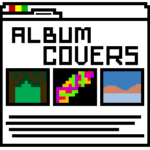 |
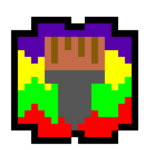 |
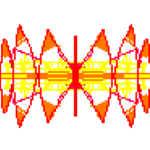 |
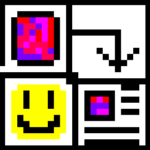 |
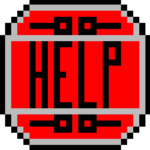 |
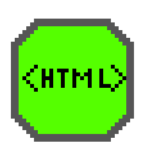 |
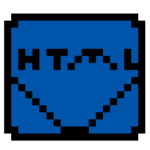 |
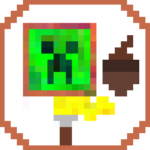 |
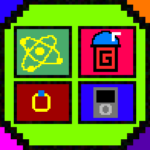 |

